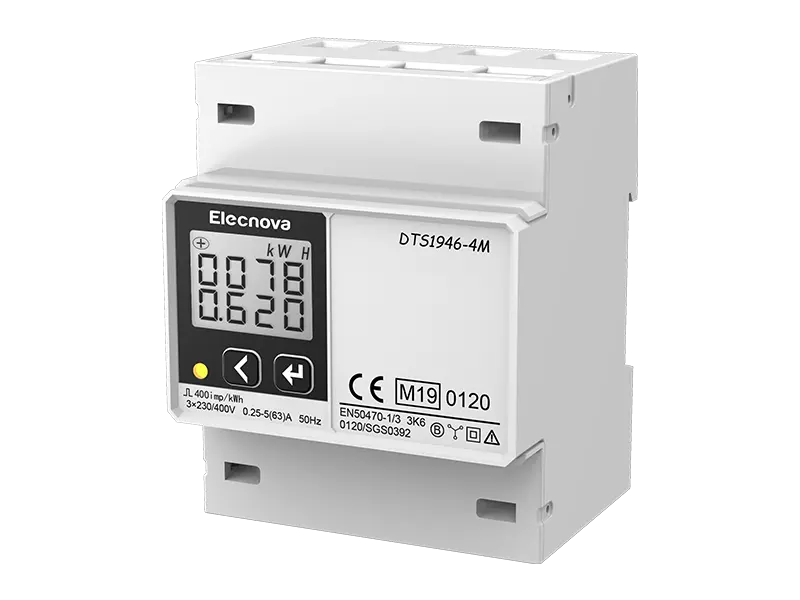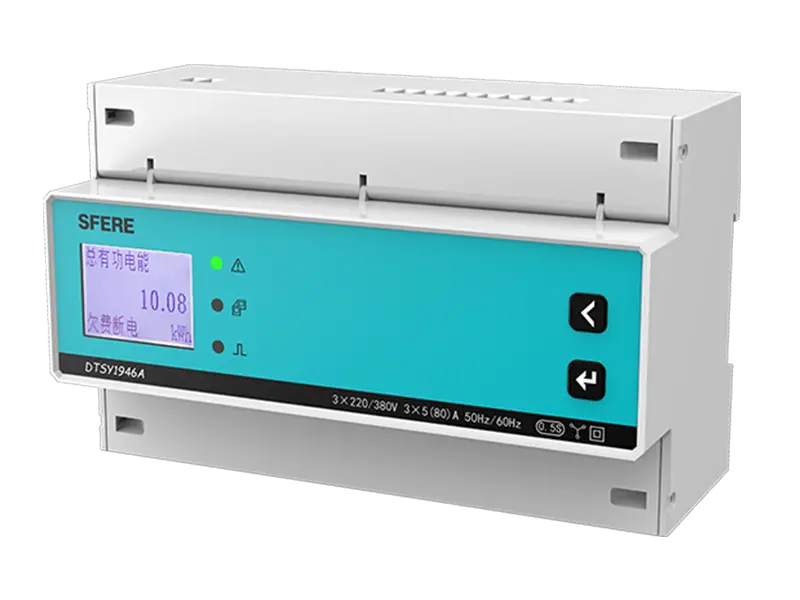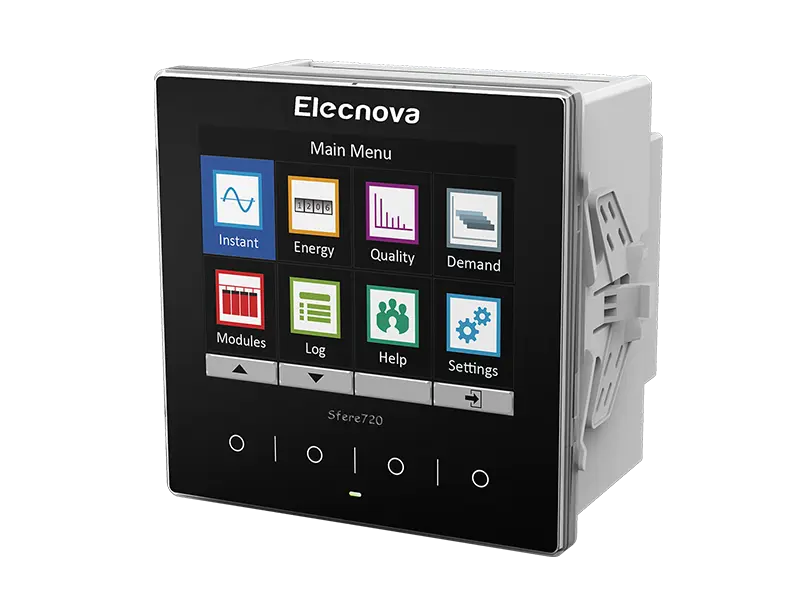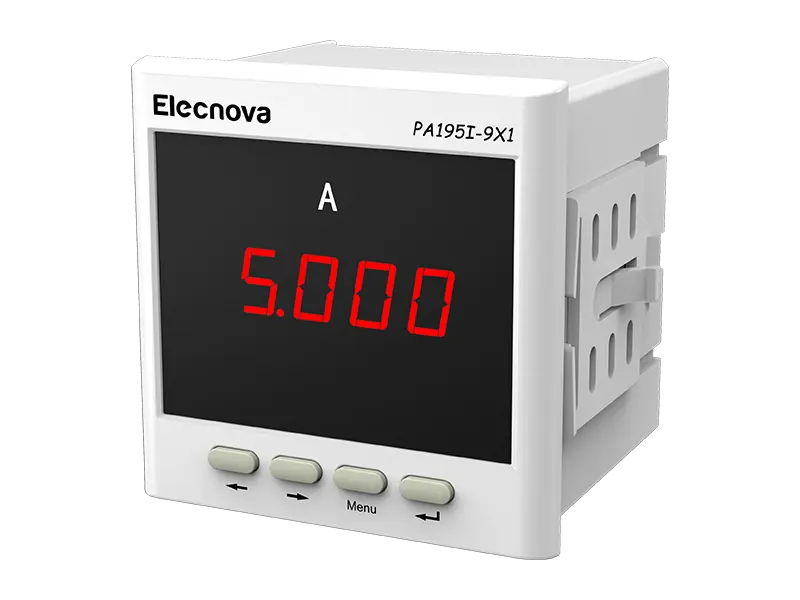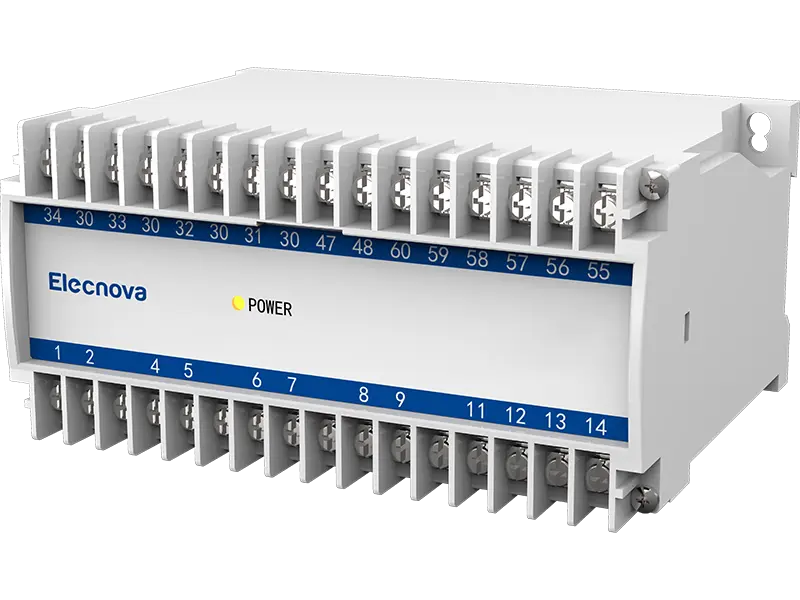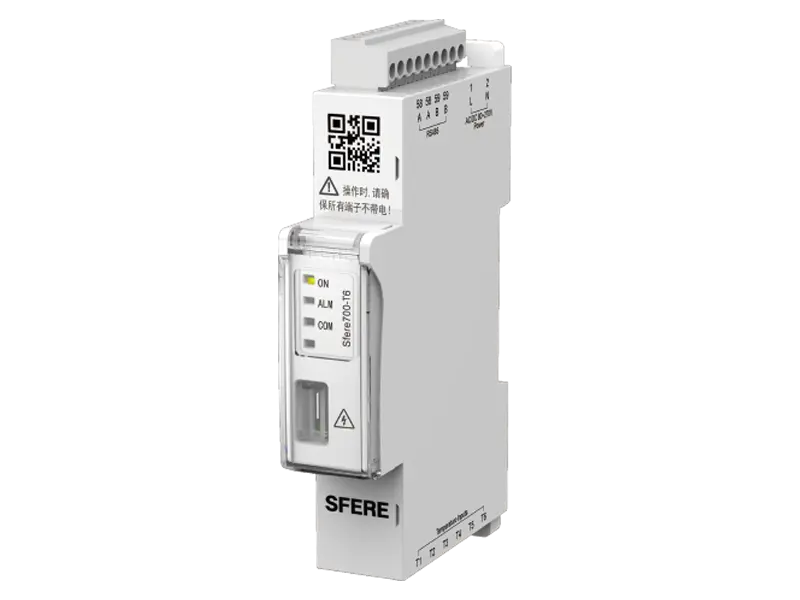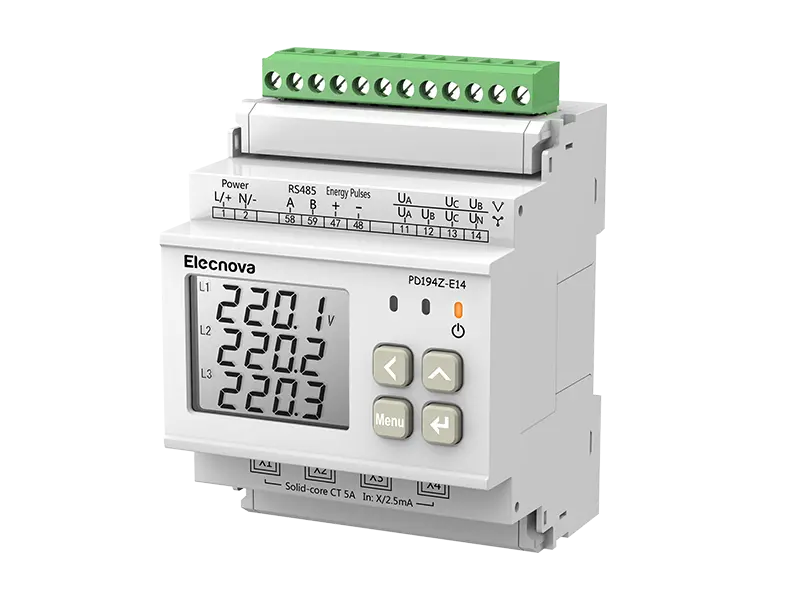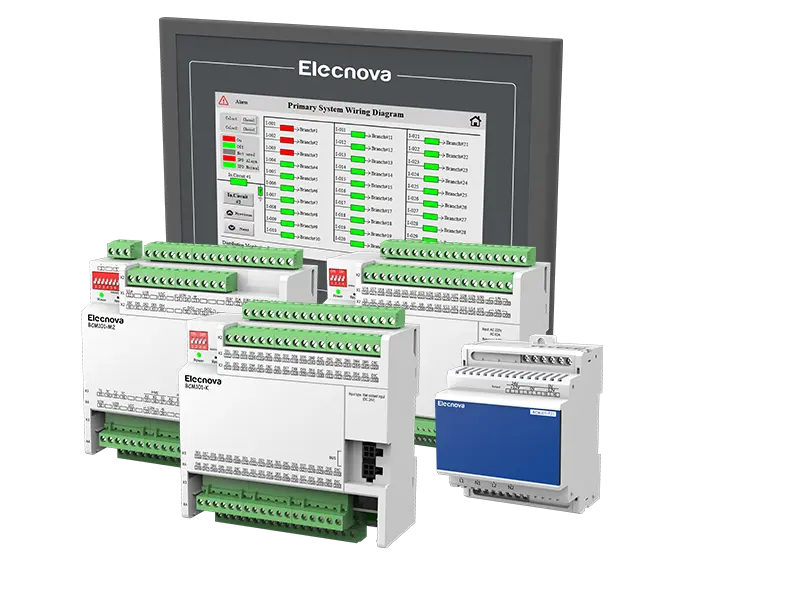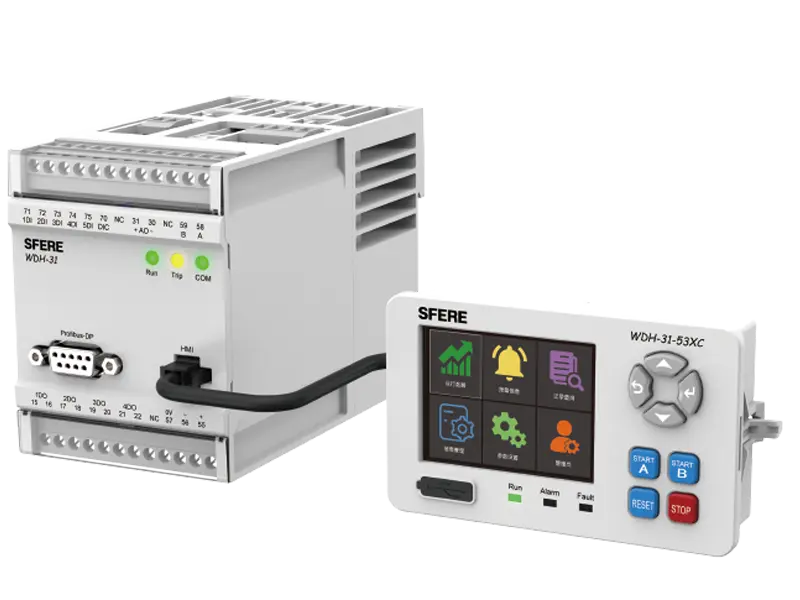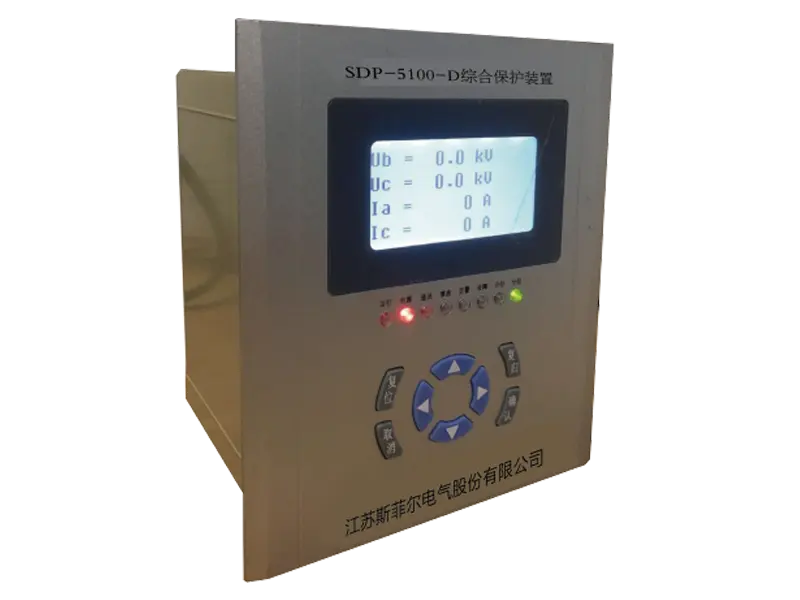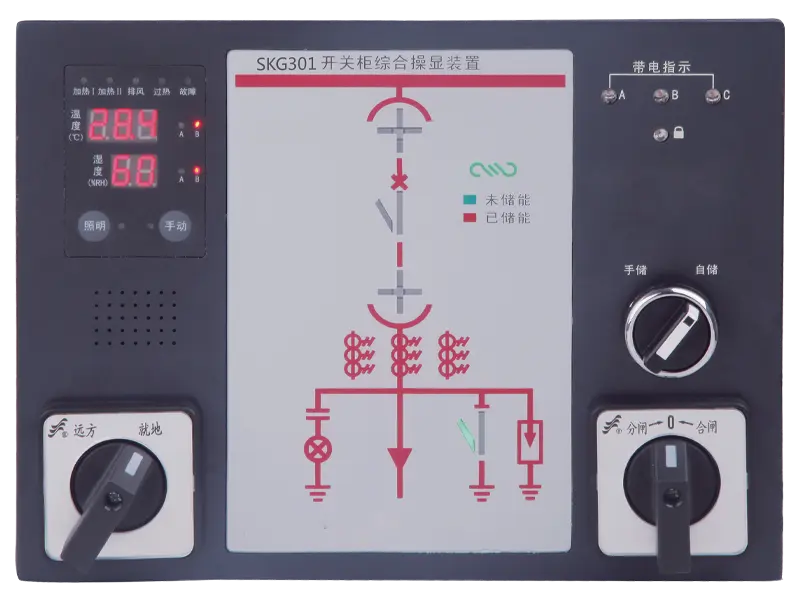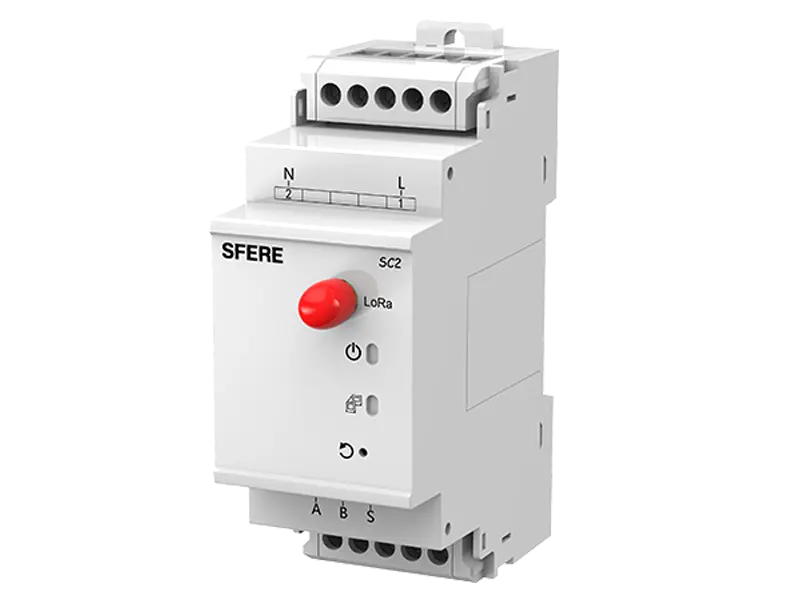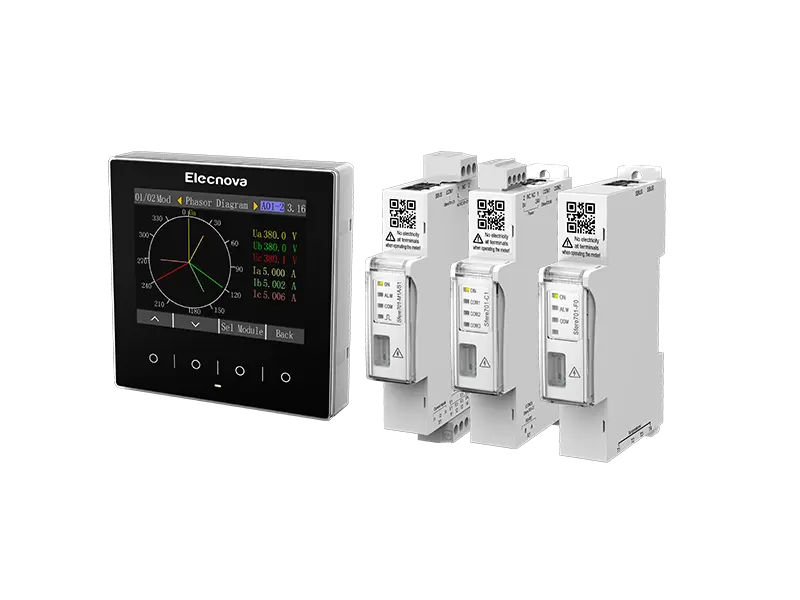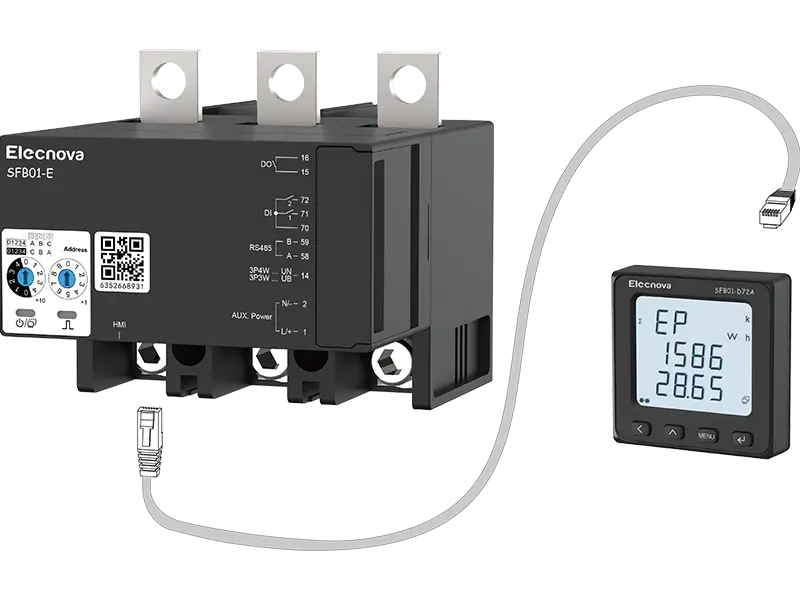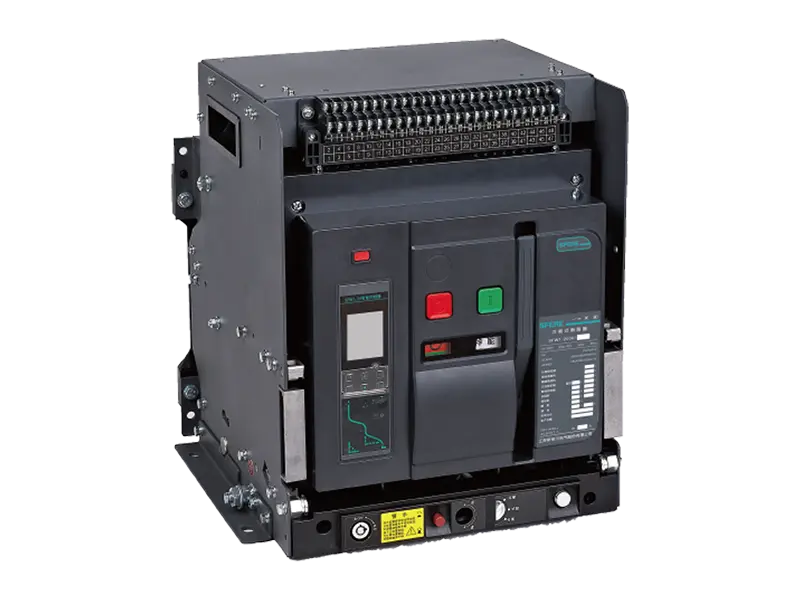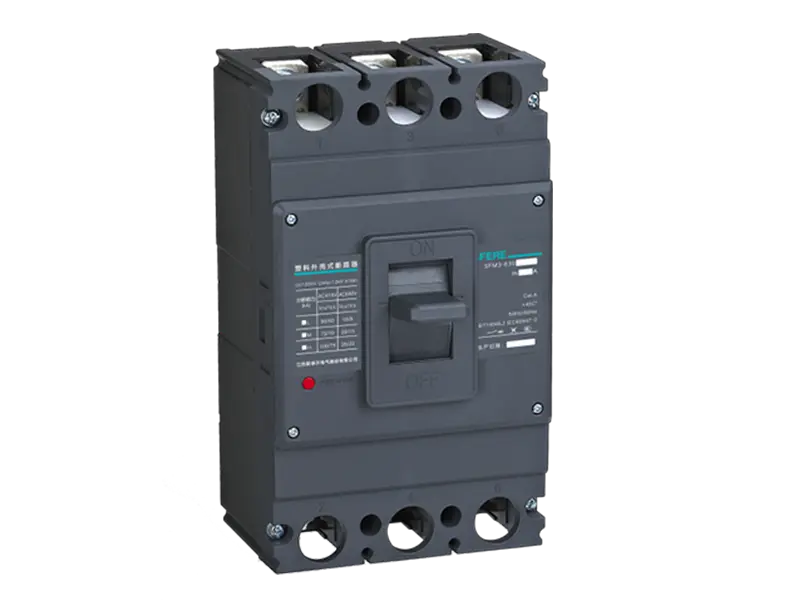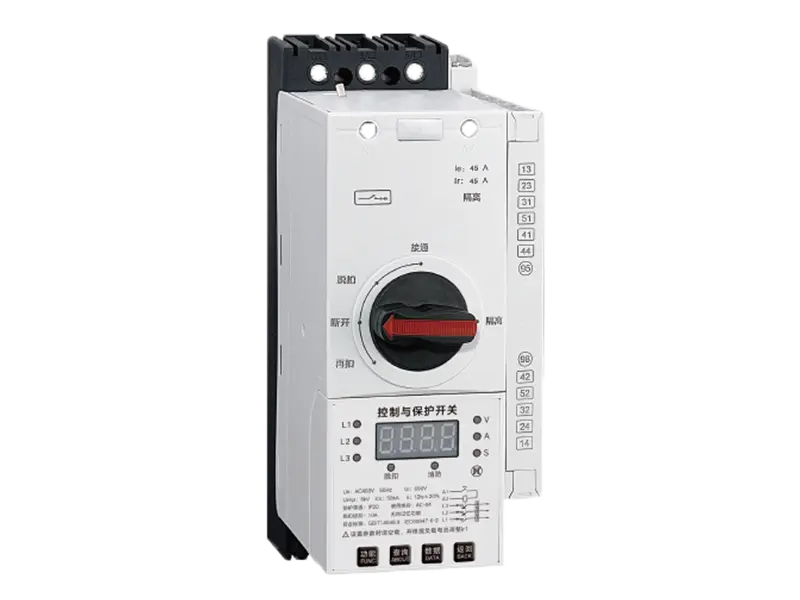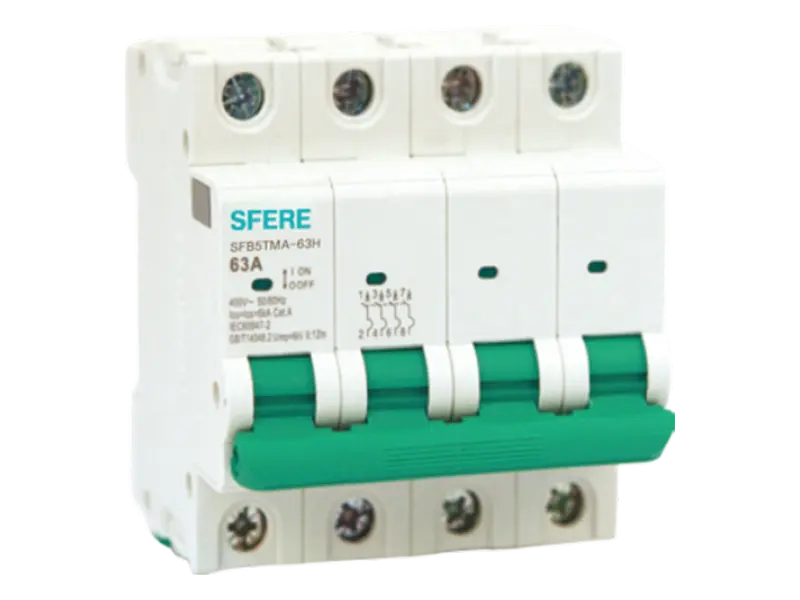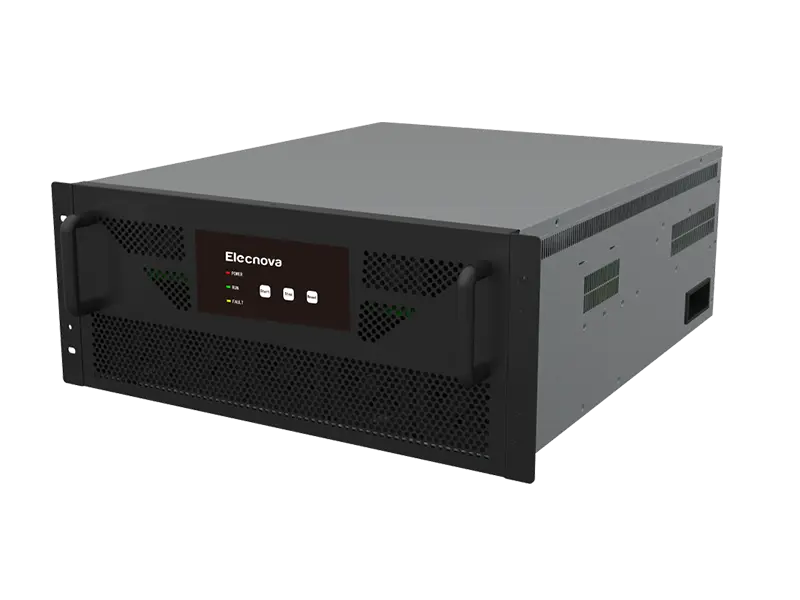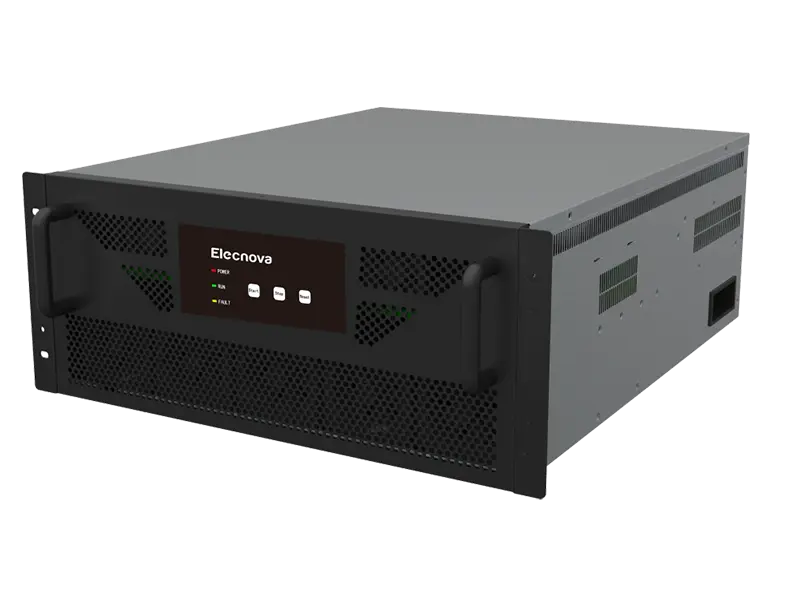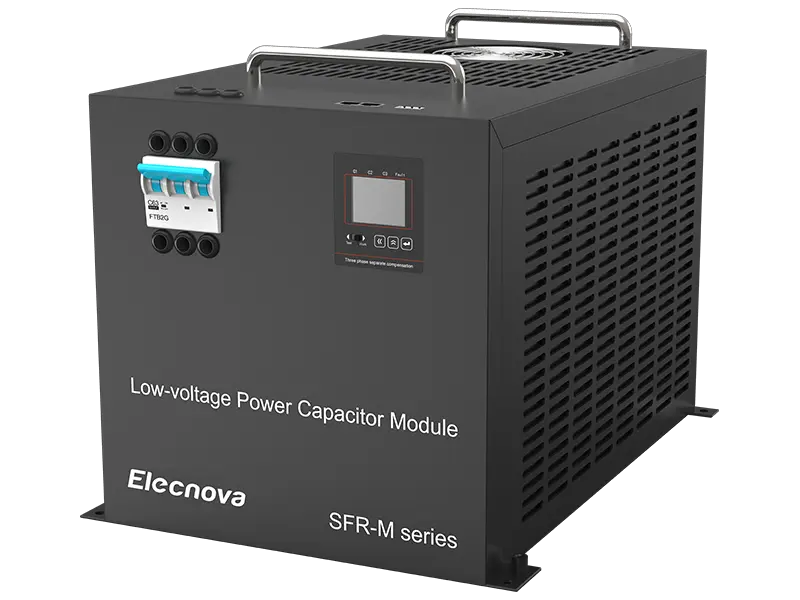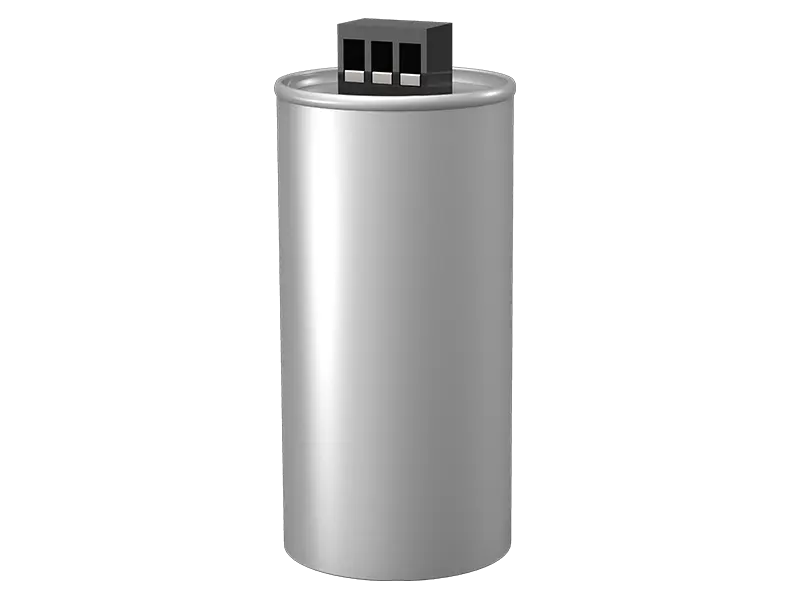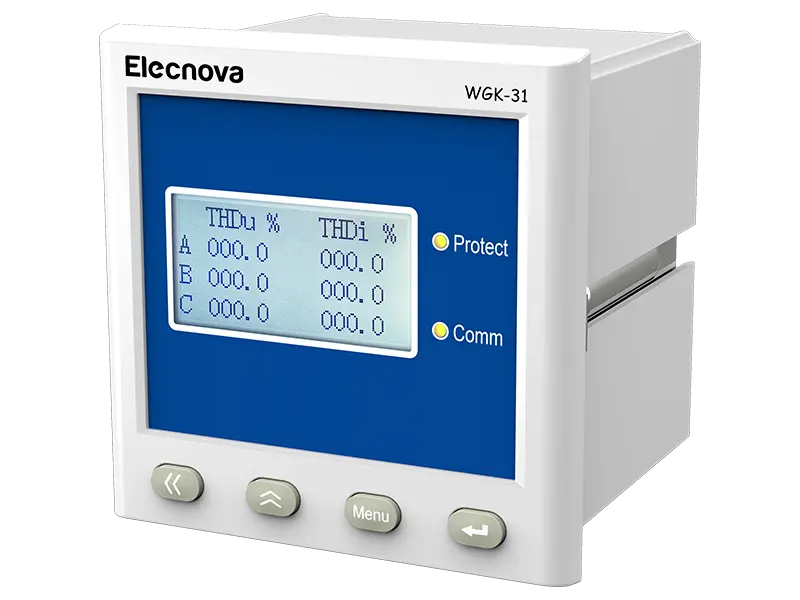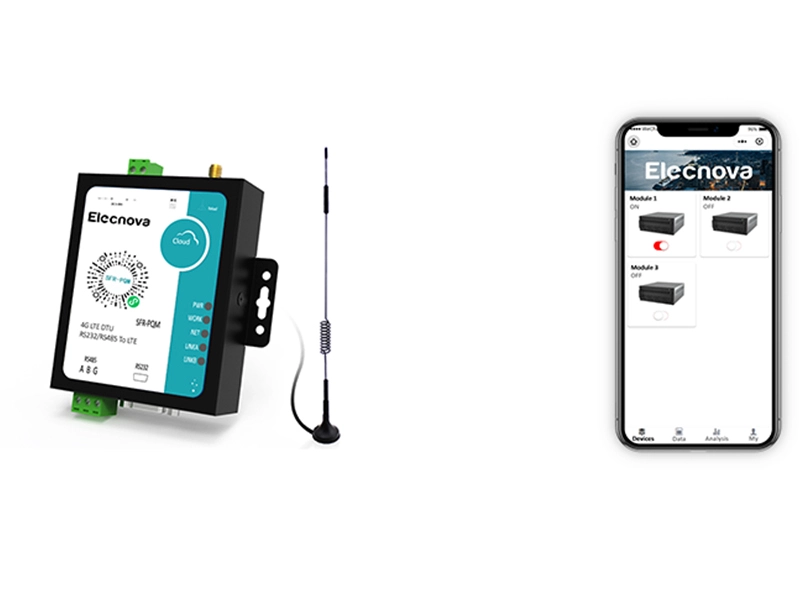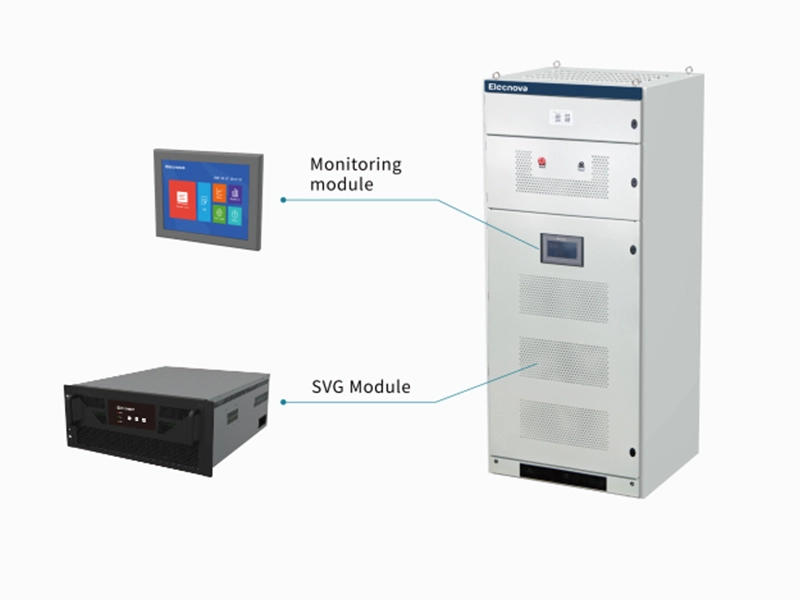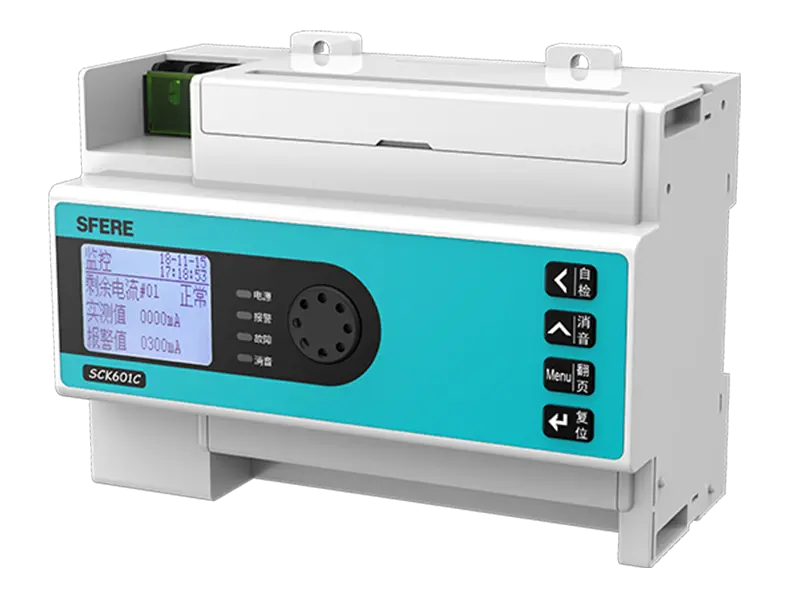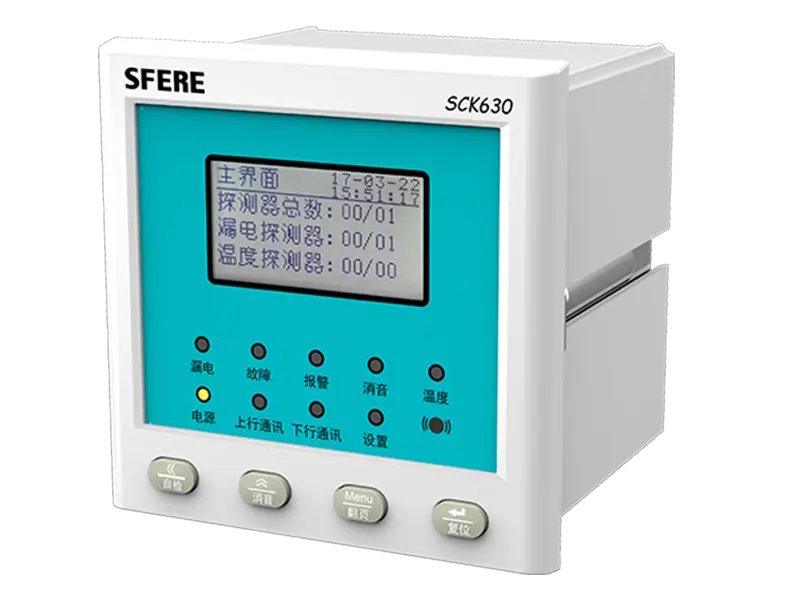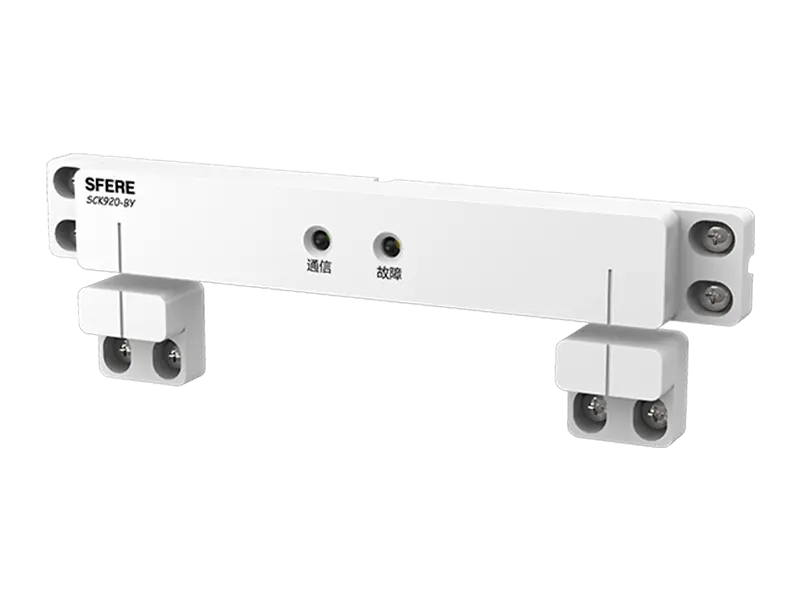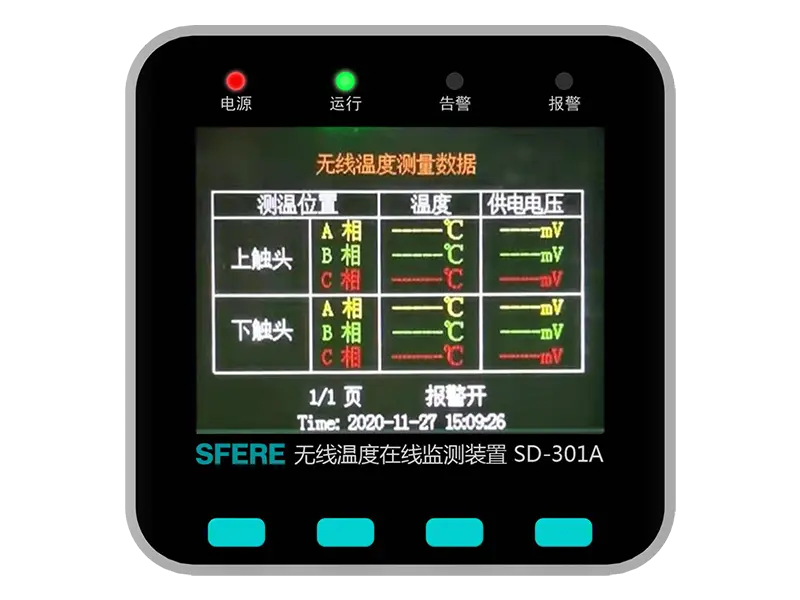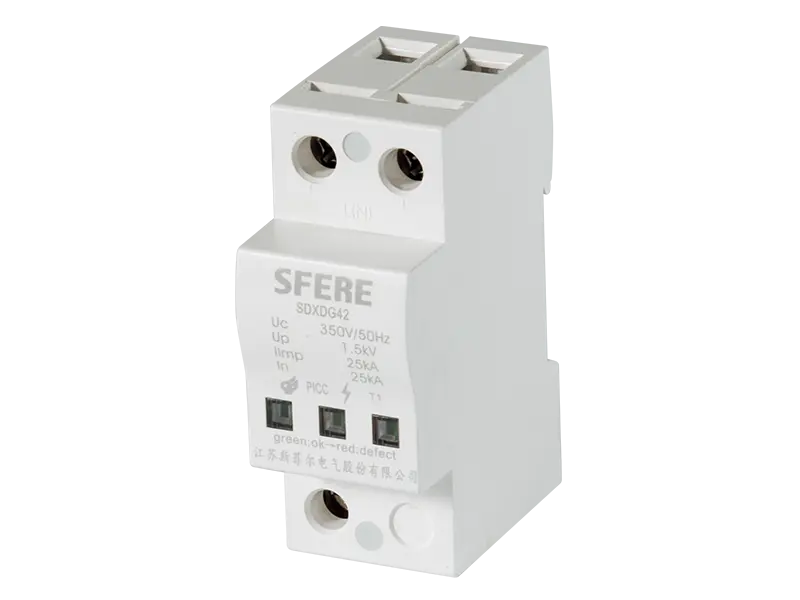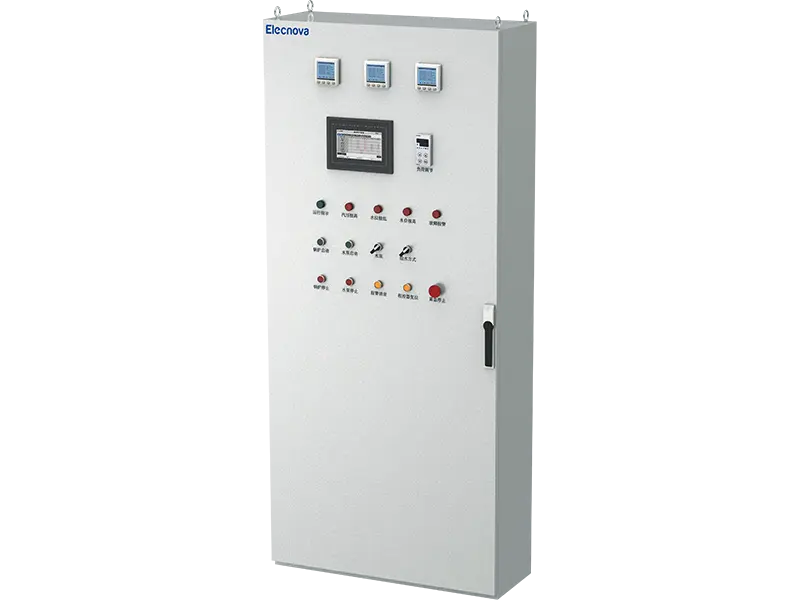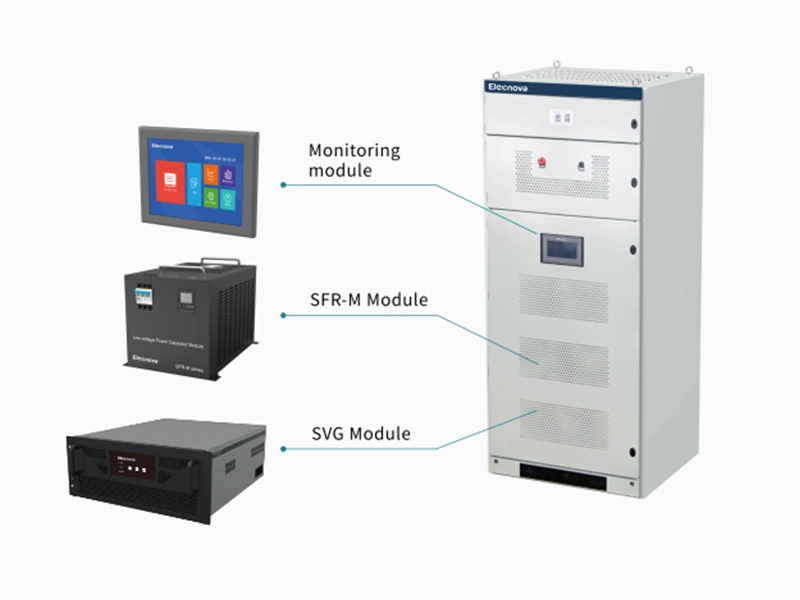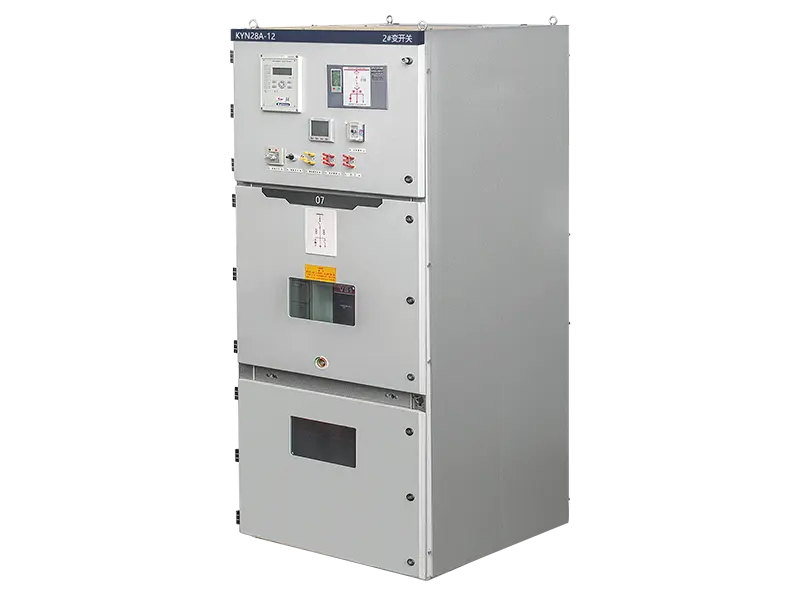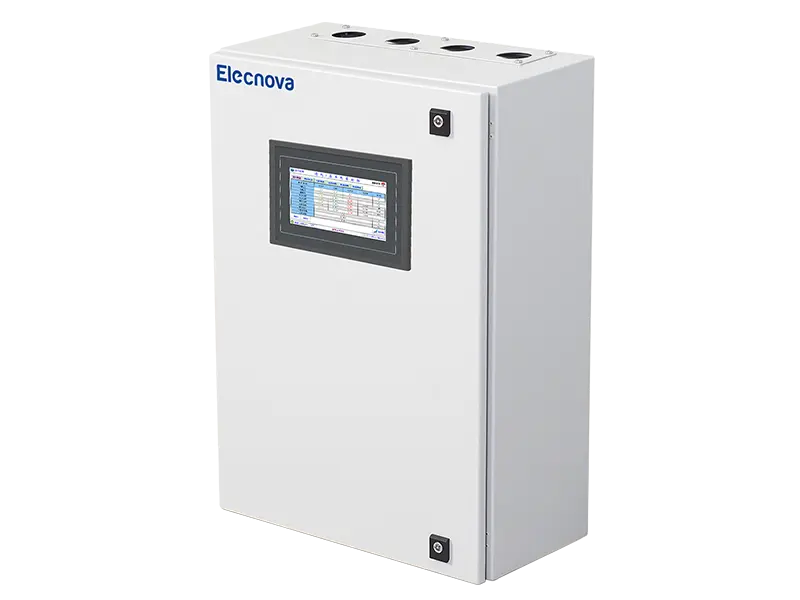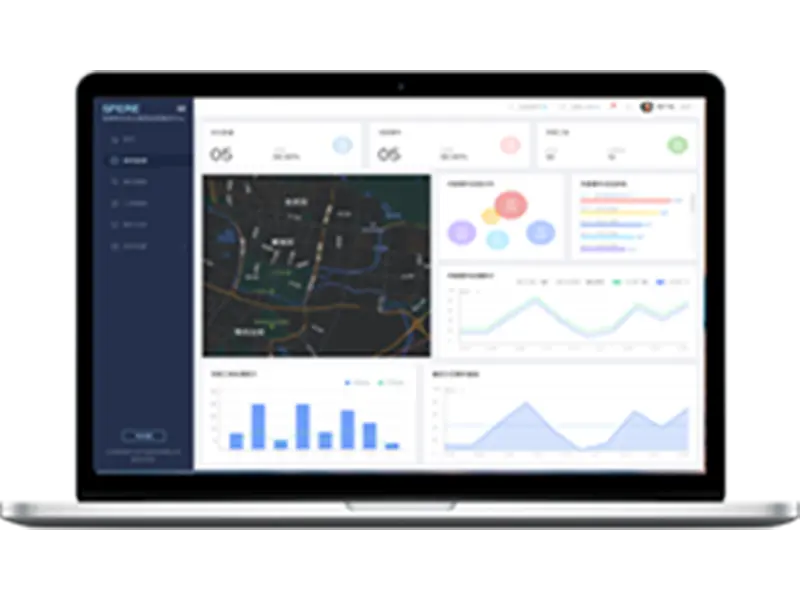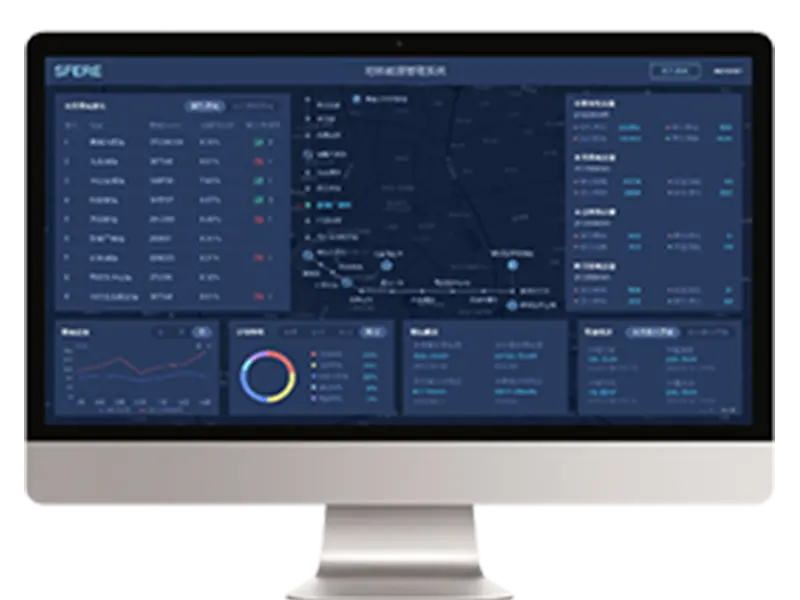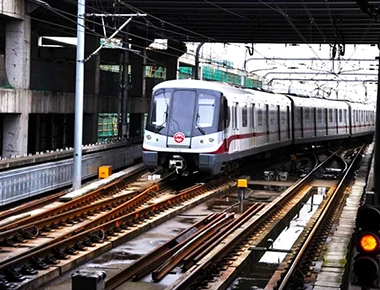Recently, a certain subway line in Nanjing is undergoing final testing, with 35kV rectification/energy feedback and 400V dynamic lighting. All stations, sections, and depots along the line have been installed, and data has been uploaded to the cloud platform. At present, all components of the energy management system involved by Sfier Electric have been deployed.
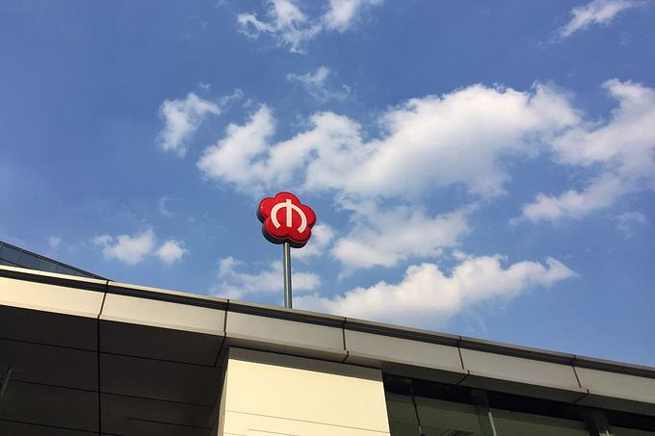
System highlights
The overall architecture of the energy management system participated by SF Electric follows the overall idea of "cloud, management, edge, and end". Based on the cloud platform, it constructs an urban rail transit energy efficiency data analysis system with "comprehensive perception, intelligent IoT, and data exchange". Through intelligent gateway and terminal equipment cloud access, it achieves real-time collection and comprehensive analysis of energy consumption data, accurately grasping the actual situation of energy consumption on the line.
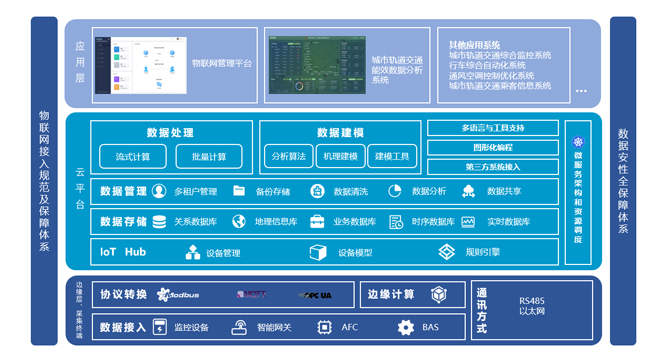
Key technology
Cloud container technology
Extremely lightweight, only packed with necessary bin/lib
Deploy in seconds, and depending on the image, the container deployment time is approximately between milliseconds and seconds (much stronger than virtual machines)
Easy to transplant, built in one go, deployed anywhere
Elastic scalability, Kubernetes container management platform has very powerful elastic management capabilities
Microservice architecture
Rapid launch, due to the autonomy and independence of business components, new functions and applications can be quickly released and launched without worrying about the widespread impact and impact on other system functions
Fully utilize hardware resources
L supports independent scaling and recovery, specifically scaling certain services in applications to solve performance bottlenecks, and can independently replace or restore a component in microservices
The microservices architecture has unparalleled advantages in application development efficiency, stability, and scalability, and is the standard architecture for cloud based applications
Continuous deployment
Reducing the scope of changes, compared to traditional waterfall development models, adopting agile or iterative development means more frequent releases and fewer changes per release. Due to frequent deployment, each deployment will not have a significant impact on the production system, and the application will gradually grow at a smooth rate
Automation, a powerful means of deployment automation, ensures the repeatability of deployment tasks and reduces the likelihood of deployment errors
In the process of software development, testing, deployment, and operation, it has improved development efficiency, reduced communication costs, and improved deployment and online speed
System overhead
Compared to creating virtual machine instances, it has faster speed, lower performance and space consumption overhead, and reduces hardware resource investment costs.
Deployment efficiency
Traditional virtual machine deployment takes minutes and containers take seconds, greatly improving deployment efficiency.
Portability
Containers can run on almost any platform, including physical machines, virtual machines, public clouds, private clouds, personal computers, etc. They can be directly migrated from one platform to another, which traditional virtual machines cannot do.
Standardization
Most containers are based on open standards and can run on all major Linux platforms with good compatibility.
flexibility
Each microservice can be independently deployed without the need to coordinate the impact of other services on this service. Traditional architecture deployment requires a large application server to support it. The flexibility of microservice architecture enables the continuous deployment of the system, improving its responsiveness to subsequent functional expansion.
Coupling
Each microservice only focuses on a specific business function, with clear logic and minimal code, making development and maintenance easier. The system is built from several microservices and is maintained in a controllable state. The traditional single application architecture often leads to a situation of "pulling the whole body together", which is not conducive to development and maintenance.
Partial system display
Budget execution analysis
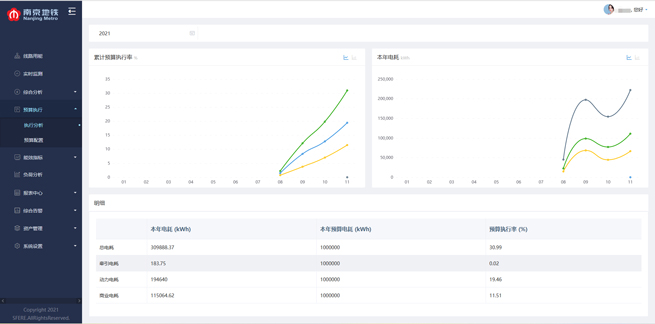
Analysis and display of energy efficiency indicators
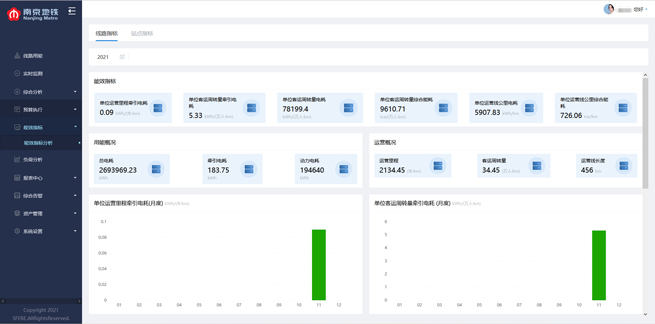
Through the massive data collection and professional software analysis of the energy management system, SF Electric aims to improve the energy management and equipment operation and maintenance level for Nanjing Metro rail transit owners, achieve energy conservation, emission reduction, cost reduction and efficiency increase, effectively promote the construction of intelligent transportation projects, and build an infrastructure system that adapts to the development of intelligent economy and intelligent society.


